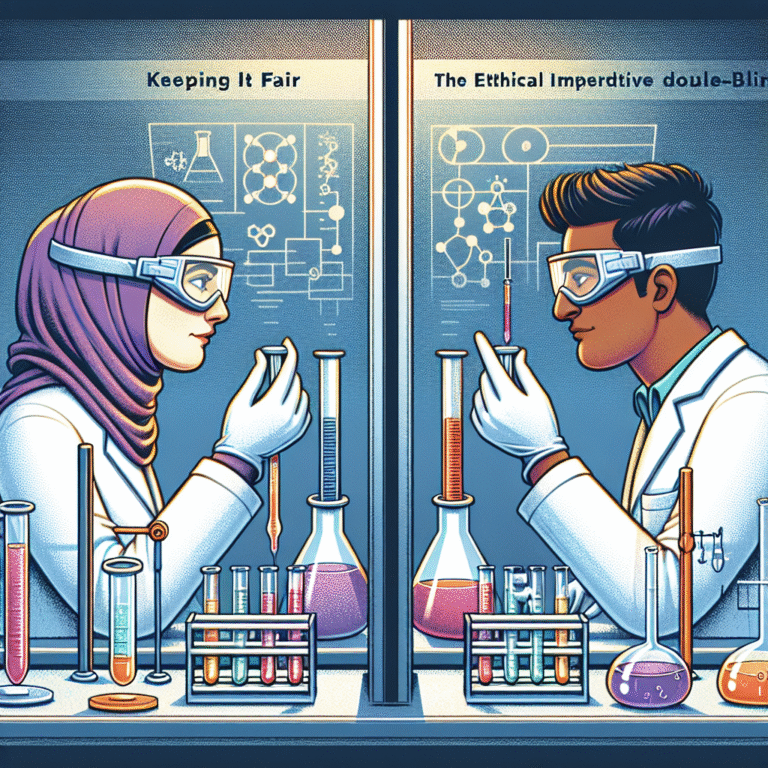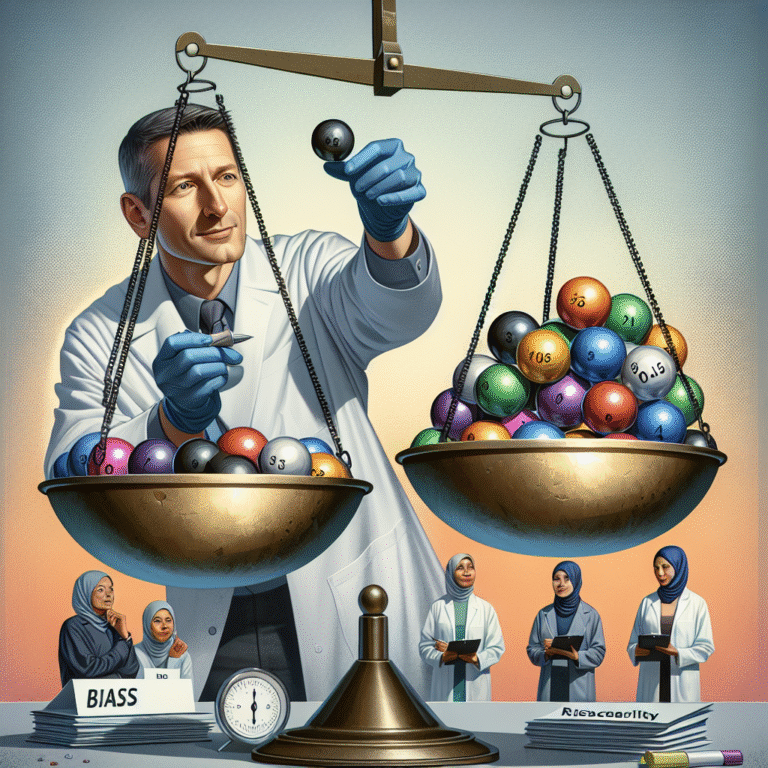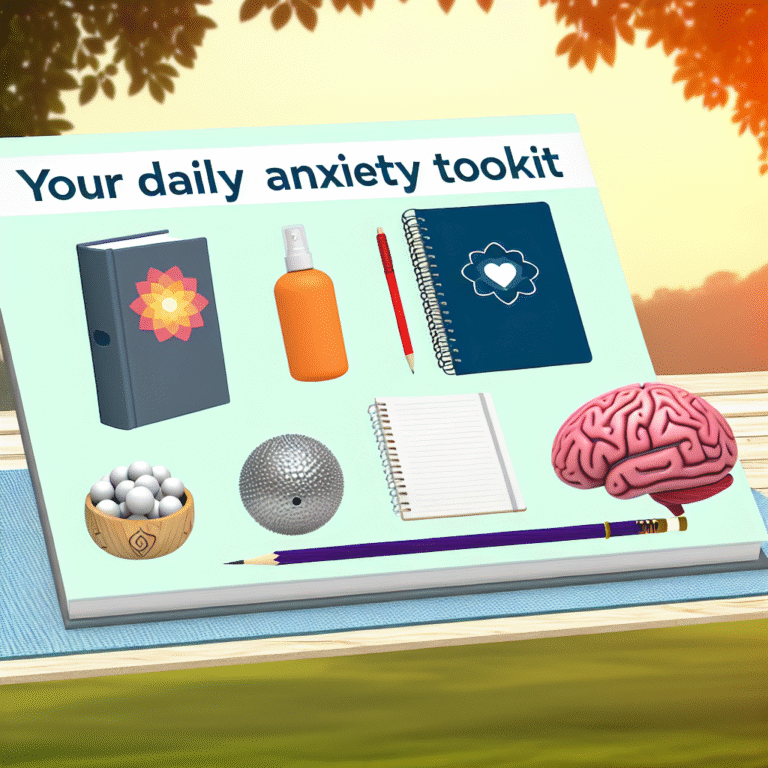
Introduction: Unpacking the Relevance
In today’s data-driven world, the importance of understanding relationships among variables has never been more pressing. Correlational studies serve as a critical tool for uncovering these relationships, bridging the gap between initial observations and more extensive research endeavors. Imagine this: a team of researchers stumbles upon a striking correlation between a city’s green spaces and its residents’ mental well-being. What does it mean? Is it a mere coincidence, or is there something more profound? Correlational studies pave the way for deeper inquiries, allowing us to explore these connections with greater precision.
This article delves deep into the significance of correlational studies as a foundation for further research. We’ll discuss their methodologies, highlight some compelling case studies, and offer actionable insights for researchers eager to expand their investigations. By the end, you’ll understand how bridging the gap with correlational studies can propel your research into new realms of discovery.
The Building Blocks of Correlational Studies
What Are Correlational Studies?
Correlational studies are research methods used to determine the relationship between two or more variables. Unlike experimental research, where researchers manipulate variables to observe effects, correlational studies observe existing data to identify patterns and correlations.
Types of Correlation
- Positive Correlation: As one variable increases, the other also increases (e.g., higher educational attainment often correlates with higher income).
- Negative Correlation: As one variable increases, the other decreases (e.g., higher levels of stress can correlate with lower health).
- Zero Correlation: No discernible relationship exists between the variables (e.g., shoe size and intelligence).
Why Are Correlational Studies Essential?
Correlational studies act as a launching pad for more extensive research initiatives. They help identify significant relationships and provide a framework for generating hypotheses. Here are a few reasons why bridging the gap with correlational studies is essential:
- Hypothesis Generation: They generate hypotheses for future experiments.
- Cost-Effective: They can analyze existing data, reducing the need for costly experiments.
- Depth of Analysis: They help understand complex social phenomena by exploring relationships that may not be easily testable.
Case Studies That Illuminate the Concept
Case Study 1: Green Spaces and Mental Health
A landmark study conducted in the UK examined the correlation between urban greenery and mental well-being. Researchers collected data from various cities, measuring green space availability and mental health indicators such as anxiety and depression rates.
Analysis
This study uncovered a strong positive correlation between accessible green spaces and improved mental health outcomes. The findings encouraged further research into how urban design can influence community health, bridging the gap between landscape architecture and psychological well-being.
| City | Green Space (% of area) | Mental Health Index |
|---|---|---|
| City A | 30% | 75 |
| City B | 10% | 60 |
| City C | 20% | 65 |
Case Study 2: Education and Economic Mobility
Research from the U.S. showed a correlation between educational attainment and economic mobility across various demographics. The study analyzed data over several decades to assess how education can influence income levels.
Analysis
The findings showed that higher educational attainment correlated with better job prospects and increased income, highlighting the importance of educational policies. Bridging the gap with further research could lead to innovative educational programs aimed at underserved communities.
| Education Level | Average Income |
|---|---|
| High School | $30,000 |
| Bachelor’s Degree | $60,000 |
| Master’s Degree | $90,000 |
Methodologies in Correlational Studies
Data Collection Techniques
Reliable data collection is crucial for effective correlational studies. Various techniques can be employed, such as:
- Surveys: Gathering self-reported data from participants can sway results but also provides valuable qualitative insights.
- Existing Databases: Utilizing previously collected data from governmental or institutional repositories.
- Longitudinal Studies: Observing the same subjects over time to capture changing variables.
Statistical Analysis
Statistical tools play a pivotal role in interpreting correlations. Common methods include:
- Pearson’s r: Measures the strength and direction of linear relationships.
- Spearman’s Rank Correlation: Assesses relationships when data do not meet normality assumptions.
- Regression Analysis: Explores how various independent variables affect a dependent variable, often paving the way for predictive modeling.
Bridging the Gap to Future Research
Developing Research Questions
Once correlations are identified, they can inform research questions that delve deeper into causal relationships. For instance, if a correlational study finds a relationship between diet and physical health, questions could arise about specific dietary components’ effects on specific health markers.
Creating Experiments Based on Correlational Findings
Correlational studies naturally lead to experimental research that tests causation. For instance, following the previous case of diet and health, researchers might conduct a controlled experiment to see how changes in diet affect health outcomes.
The Role of Peer Review
Always consider the importance of peer review in this process. Ensuring that your findings are critiqued and validated is crucial for advancing research quality. Peer-reviewed studies often lend greater credibility and inspire additional inquiries into newly revealed correlations.
Actionable Insights for Researchers
1. Look for Patterns
Engage in exploratory data analysis to find hidden patterns before jumping into more complex studies.
2. Collaborate
Work with interdisciplinary teams to broaden your perspective on the implications of your findings.
3. Publish Findings
Consider publishing your data in open-access formats to promote further analysis by other researchers.
4. Follow Up
Use findings from correlational studies as a springboard for future studies, extending your research footprint.
5. Stay Informed
Regularly review existing literature for updates on methodologies or discoveries that may influence your work.
Conclusion: The Potential Awaits
Correlational studies are more than mere observations—they are essential building blocks that bridge the gap to broader research inquiries. They help us make sense of complex relationships that shape our world, guiding subsequent research. By understanding how to leverage these studies effectively, you can contribute significantly to your field.
As you venture into the realm of research, remember this: every correlation tells a story waiting to be uncovered. Ensure that your research is not just about identifying relationships but about inspiring the next generation of inquiries.
FAQs
1. What is the main limitation of correlational studies?
Correlational studies do not establish causation, meaning that just because two variables correlate does not mean one causes the other.
2. Can correlational studies use qualitative data?
Yes, correlational studies can include qualitative data, but it’s typically paired with quantitative data for a comprehensive understanding.
3. How do correlations inform public policy?
Correlational findings can guide policymakers by highlighting relationships that indicate areas needing intervention or further exploration.
4. Are correlations always reliable?
No, correlations can be affected by outliers, confounding variables, or biased data, so thorough analysis is crucial.
5. What steps should I take after finding a correlation?
After identifying a correlation, consider formulating hypotheses for future experimental research, and explore existing literature for similar studies.
By bridging the gap with correlational studies, you can unlock potential pathways to discovery, paving the way for significant advancements in your field.















